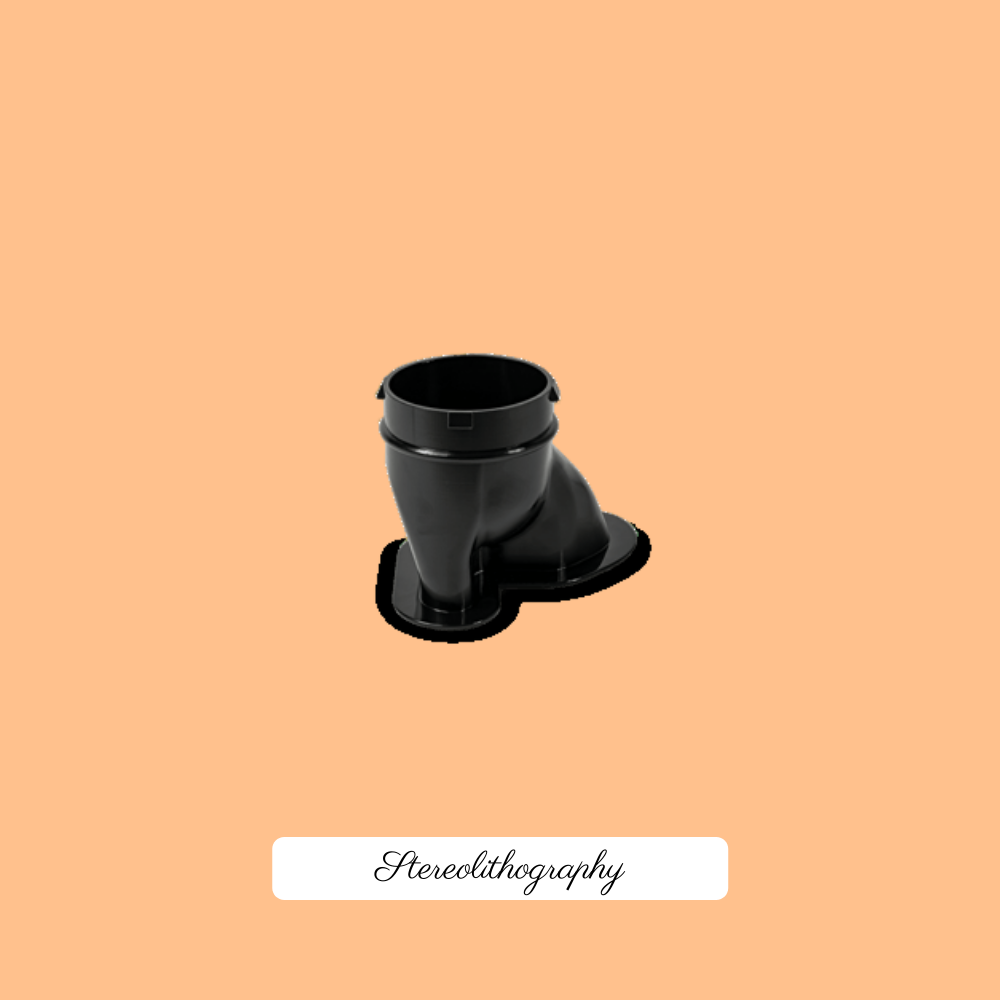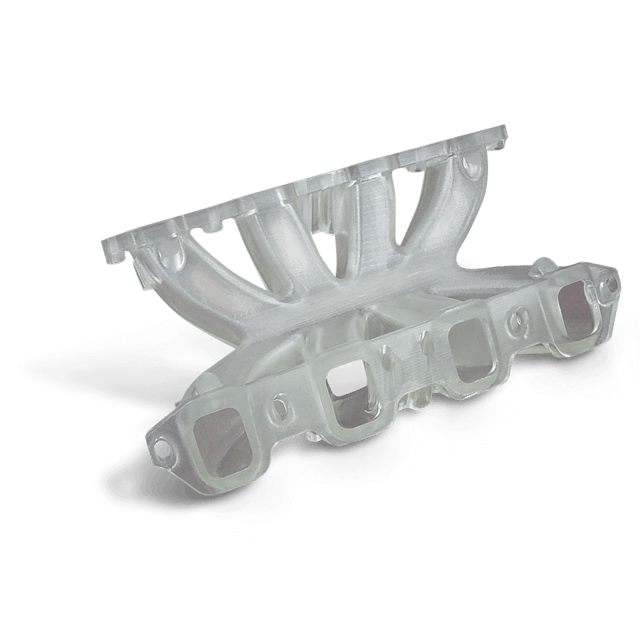Stereolithography, or SLA technology, is an industrial 3D printing technology used to produce concept models, cosmetic prototypes and parts with complex geometries in as little as 1 day. Stereolithography 3D printing or resin 3D printing is a highly prominent 3D printing technology for its ability to produce high precision, isotropic and waterproof prototypes and parts with fine features and smooth surface finish in a variety of advanced materials.
A wide variety of material options can be used with the SLA 3D Printer. SLA 3D printers use lightly reactive thermoset materials called “resins”. When SLA resins are exposed to specific wavelengths of light, short molecular chains combine to polymerize monomers and oligomers into solidified or flexible geometries. Materials manufacturers have created innovative SLA resin formulations with a wide variety of optical, mechanical and thermal properties that match those of standard, engineering and industrial thermoplastics.
With the SLA 3D printer, parts can be produced with high accuracy and as small as 0.002 inches, where you can get all the details down to the details. This technology, which provides the best surface quality for cosmetic prototypes, is especially preferred for parts to be exhibited in areas such as fairs.



SLA 3D Printing Process
Stereolitografi (SLA)
Any CAD software or 3D scan data is used for model design and exported in 3D printable file format (STL or OBJ). Every SLA 3D printer includes software for specifying print settings and dividing the digital model into layers for printing. After the installation is complete, the print preparation software sends the instructions to the printer via a wireless or wired connection.
One of the resin 3D Printer systems, the SLA 3D Printer starts drawing the layers of the support structures and then the part itself with an ultraviolet (UV) laser aimed at the surface of the liquid thermoset resin. After a layer is displayed on the resin surface, the build platform slides down and a recoat bar moves across the platform to apply the next layer of resin. The process is repeated layer by layer until the build is complete.
After printing is complete, the parts must be rinsed in isopropyl alcohol (IPA) to remove the uncured resin from their surface. After the rinsed parts are dry, some materials require a post-treatment curing that helps the parts achieve the highest possible strength and stability. Finally, the backings are removed from the parts and the remaining support marks are sanded to obtain a clean finish. SLA parts can be easily machined, primed, painted and mounted for specific surface applications.
Why SLA 3D Printing?
smooth surface qualitywaterproofand material versatility
Engineers, designers, manufacturers, and more choose SLA 3D printing because of its fine features, smooth surface finish, final part precision and accuracy, and mechanical properties such as isotropy, waterproofness, and material versatility. SLA 3D printing accelerates innovation and is preferred by businesses in a wide range of industries, including engineering, manufacturing, dentistry, healthcare, education, entertainment, jewelry, audiology and more.


